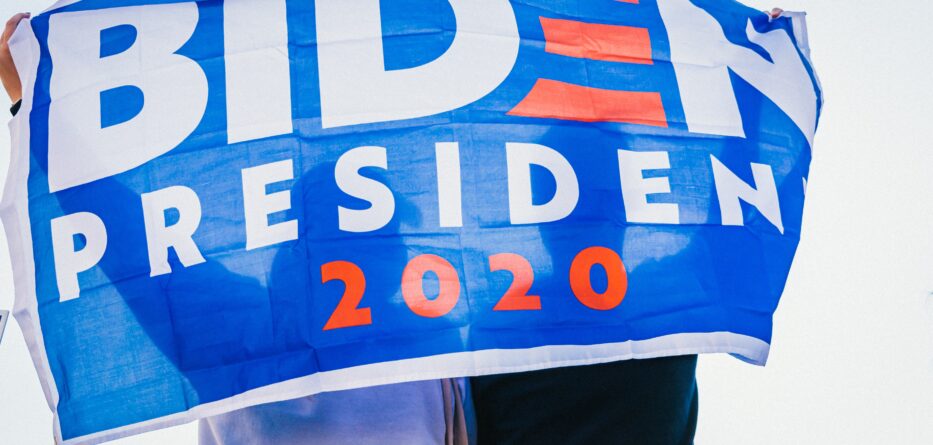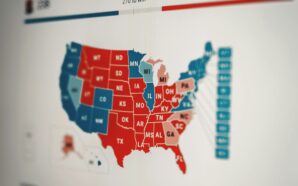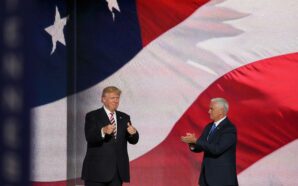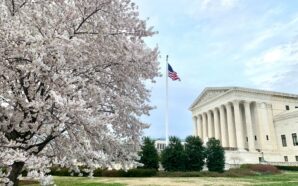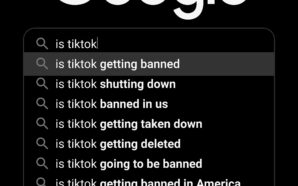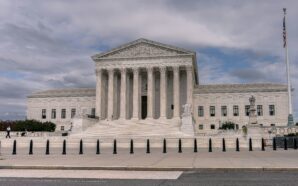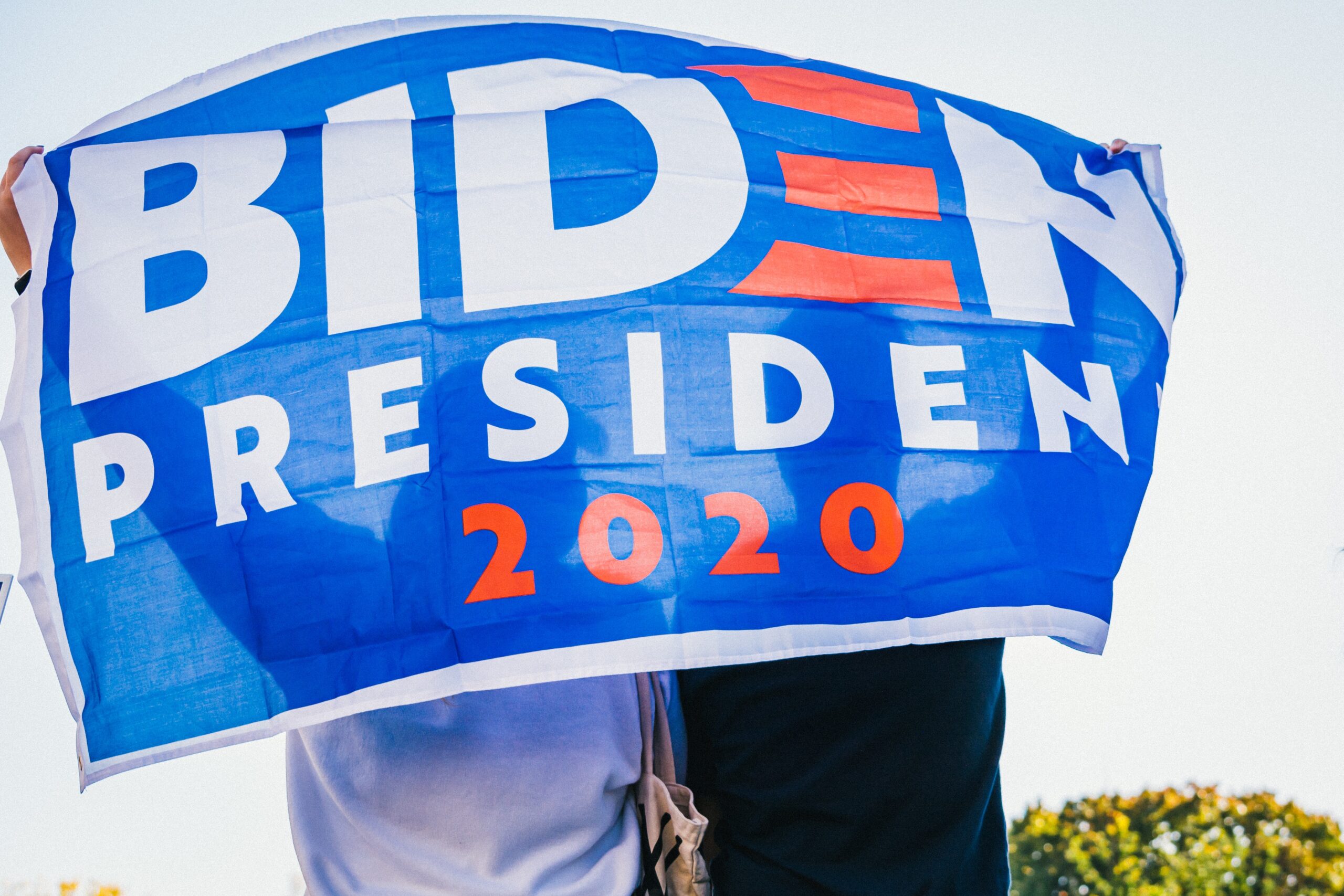

Credit: Unsplash
Exploring Factors Behind President Biden’s Approval Ratings
Polling data reveals that President Joe Biden’s approval ratings have encountered challenges, prompting analysts to explore the factors contributing to this trend. While President Biden has delivered on key policy promises and overseen positive developments in various areas, his approval ratings remain lower than expected.
Despite substantial achievements such as decreased illegal border crossings and improved crime rates, President Biden’s average job-approval rating stands at approximately 39.1%, while his average disapproval rating is at 55.4%. The net approval rating of -16.3% suggests a challenging approval landscape for the president. Comparatively, only President Jimmy Carter’s approval numbers were lower than Biden’s, with a net approval rating of -28.6% on day 910 of his term.
While economic indicators in the present day appear favorable when compared to the challenges of 1979, such as lower inflation, unemployment, and an improved misery index, President Biden’s approval ratings have not shown the expected correlation with these improvements. Traditionally, a president’s standing tends to improve as conditions in the country improve. However, Biden’s approval ratings have remained relatively stagnant since September 2022.
Unlike Adam Schiff and Democrats, @GOPoversight has delivered hard evidence for the American people. We know Joe Biden had knowledge and participated in his family's shady business dealings.
Now, AG Garland & the Biden DOJ is attempting a coverup.@NEWSMAX @ericbolling pic.twitter.com/fkulVFxRhj
— Rep. James Comer (@RepJamesComer) August 13, 2023
Several factors could contribute to this unique situation. The current hyper-partisan media landscape might be affecting public perceptions, with Americans increasingly consuming information from within their political bubbles. This could make it challenging for presidents to garner broad-based approval across party lines.
Additionally, while the economy shows signs of recovery, certain aspects, such as real wages and service costs, have yet to fully rebound. This could impact Americans’ assessment of their economic well-being despite overall positive indicators.
President Biden’s advanced age, occasional gaffes, and family matters could also be contributing to the public’s perception. While his response to crises, such as the ongoing wildfires in Hawaii, has been backed by significant federal support, the optics of silence or limited communication could potentially affect the public’s perception of his leadership during challenging times.
As President Biden looks ahead to the 2024 election, efforts to address these factors and reshape public opinion may play a pivotal role. Clear and effective communication, active engagement with various population segments, and continued focus on policy priorities could improve his approval ratings.
Trump Opts Out of First GOP Debate
Reggie Chaney Dead at 23
-
President Joe Biden’s reelection strategy takes a surprising turn as the Rust Belt, not the Sun Belt, emerges as...
-
In a significant legal development, U.S. District Judge Aileen Cannon has declined former President Donald Trump’s request to dismiss...
-
Major Collision Causing the Collapse of the Bridge The recent collapse of the Francis Scott Key Bridge in Baltimore,...
-
Donald Trump is on the brink of a crucial deadline in a business fraud case, with just a few...
-
Sylvia Gonzalez, a newly elected city council member in a small Texas community, was embroiled in controversy when she...
-
Is TikTok Getting Banned in the States? The United States House of Representatives has voted with bipartisan support to...
-
The 2024 Election Race Continues Between Joe Biden and Donald Trump With the 2024 general election drawing closer, President...
-
The Biden Administration’s Request for a New Texas Immigration Law Blocked The Supreme Court has temporarily blocked the enforcement...
-
Another Successful Moon Landing Intuitive Machines, a commercial space company, has achieved a remarkable feat by landing its Odysseus...
-
Has the State of USA Improved Since Trump’s Presidency or Gotten Worse? Given the current climate of the United...
-
In a surprise speech delivered from the White House, President Joe Biden addressed the recent special counsel’s report and...
-
Is Texas Taking the Right Step Towards a Better America? The Austin Guaranteed Income Pilot, Texas’s pioneering tax-payer-funded basic...

